 1
1  1
1 Answer:
Answer explained below.Step-by-step explanation:
Organism 5 :
This creature possesses the sharp face and claws of an eagle, allowing for keen vision and impressive hunting abilities. Its body, reminiscent of a lion or a muscular dog, grants it strength and agility. The strong animal-like body is built for powerful movements and robust hunting.
Organism 6 :
The dragon-seal hybrid is a large and formidable creature. Its body is covered in protective scales, giving it resistance to attacks. Instead of traditional legs and arms, it has fins like a seal, enabling it to move gracefully in the water. This adaptation suggests that it is a proficient swimmer, and it might have the ability to navigate both land and aquatic environments.
Organism 7 :
This intriguing creature resembles an octopus but exhibits unique human-like features. It has seven legs, each ending in human-like hands with fingers, granting it exceptional dexterity and the ability to manipulate objects. Its face shape is reminiscent of a human with the addition of one large eye in the middle, potentially giving it a broader field of vision. The presence of hair suggests some degree of warmth and adaptability to different environments.
 1
1 Answer:
Answers to 2, 3, and4 is given below. For the rest of the creatures post the question again.Step-by-step explanation:
2.
The creature from Planet Geneticus exhibits arthropod-like characteristics with eight legs and a relatively large facial region, suggesting advanced sensory features. Further identification would necessitate additional information on its size, color, and habitat.
3. The creature resembling a horse on Planet Geneticus is distinguished by its twelve legs and a horse-like facial appearance. This suggests it may be an adapted form of equine life on this alien world. The extra legs could serve various functions, such as improved stability or locomotion in a different environment.
4. The diminutive dinosaur-like creature on Planet Geneticus combines the classic features of a dinosaur but in a smaller stature, indicating potential adaptations to the planet's conditions. Its small size might be a result of limited resources or specific environmental pressures, leading to the evolution of a compact form of a dinosaur-like species.
Explanation: with a great tolerance to a wide range of conditions the species would adapt and thrive which would allow it to reproduce and have all it needs to survive, grow, and take over.
A spring is a natural discharge point of subterranean water at the surface of the ground or directly into the bed of a stream, lake, or sea. Water that emerges at the surface without a perceptible current is called a seep. Wells are holes excavated to bring water and other underground fluids to the surface.
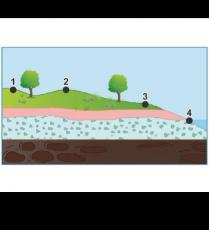
The image shows a cross-section of land scape.
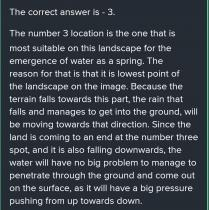
Need this store of protein:
The seed consists of three components: embryo, endosperm (sometimes perisperm), and seed-coat. Both endosperm and embryo are the products of double fertilization, whereas the seed-coat develops from the maternal, ovular tissues. The seed habit is a significant advancement in the evolution of higher plants.
Anatomy of seed :-
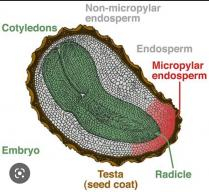
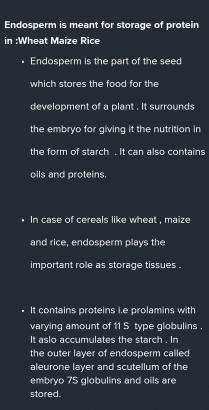
Seed storage proteins provide a source of amino acids and reduced N necessary for germination and early growth of the seedling.
Astronomers are able to detect the dimmer star because its gravity causes the bright star to . Astronomers can also spot the dimmer star by observing a phenomenon called a(n) binary.
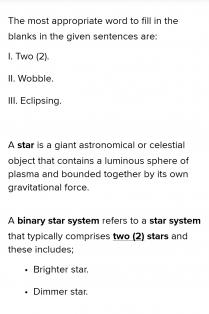
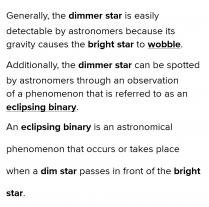
Fungi are a food source for animals and humans. Fungi produce oxygen to breathe. Fungi destroy rocks and minerals. Fungi are natural recyclers.
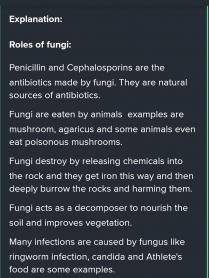
D. The population density of beetles will decrease.
The nerves and muscles communicated with each other to trigger her reflexive response…
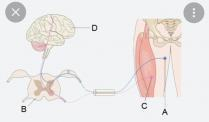
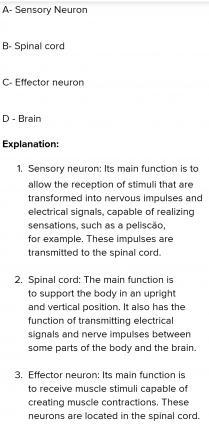

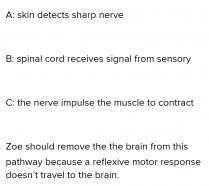

It will provide an instant answer!
